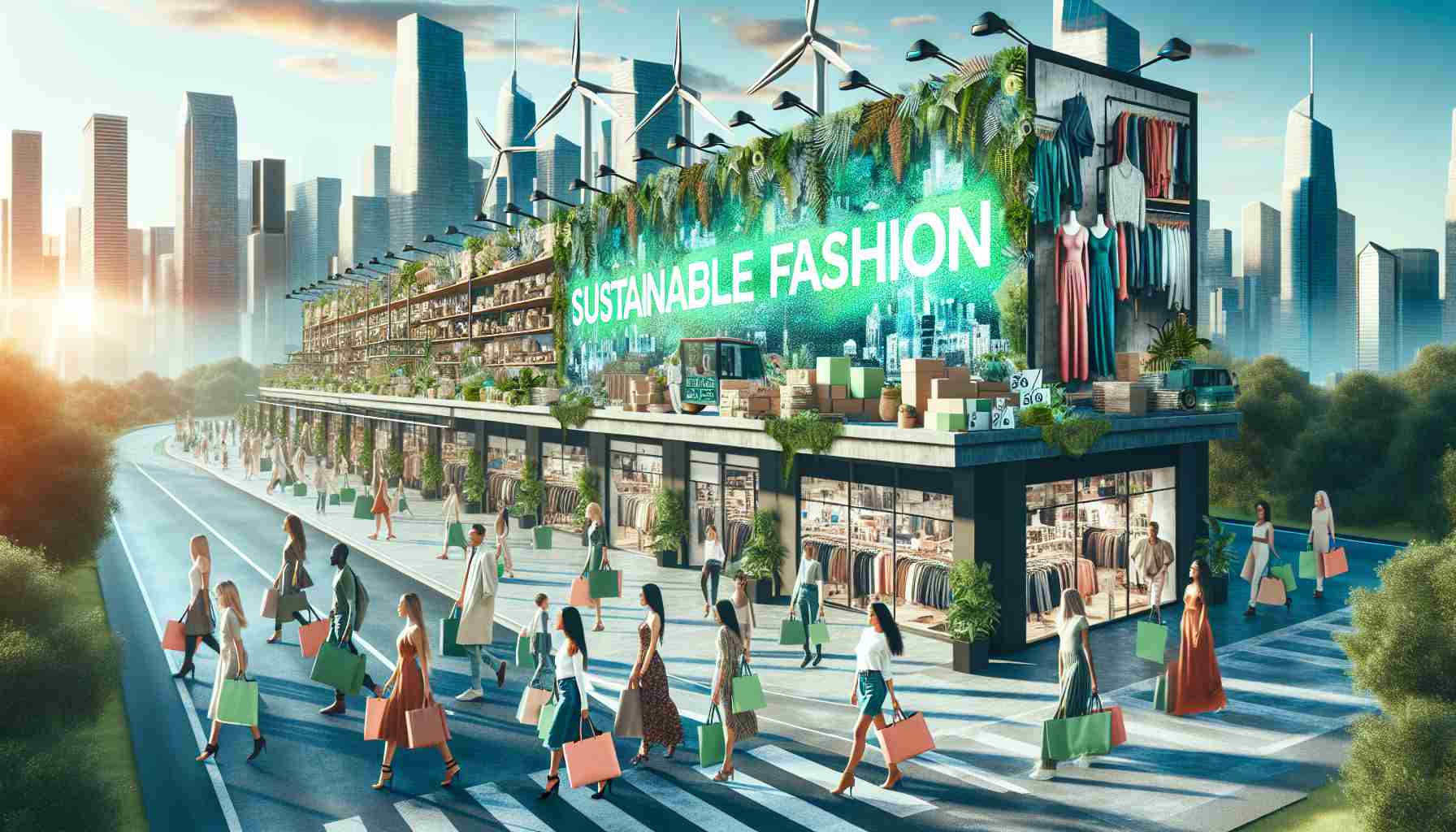
As urban populations continue to grow around the world, an increasing number of city dwellers are embracing sustainable fashion as a means to reduce their environmental impact.
In bustling city centers, a new trend is emerging where individuals are opting for eco-friendly and ethically produced clothing items. This shift towards sustainable fashion reflects a growing awareness of the negative consequences of fast fashion on the environment and communities.
Gone are the days when fast fashion ruled the streets of urban cities. Today, conscientious consumers are seeking out brands that prioritize sustainability and ethical practices in their production processes. From recycled materials to fair trade practices, sustainable fashion has become a defining characteristic of urban style.
By choosing sustainable fashion options, city dwellers are not only making a statement with their style but also contributing to a greener and more ethical fashion industry. This shift towards sustainability is reshaping the urban fashion landscape and influencing mainstream brands to rethink their approach to production and consumption.
As the movement towards sustainable fashion gains momentum in urban cities, it is becoming clear that eco-consciousness is no longer just a trend but a way of life for modern urbanites looking to make a positive impact on the world.
The Rise of Sustainable Fashion in Urban Cities: Exploring Key Questions and Challenges
As the trend of sustainable fashion continues to gain traction in urban cities, it brings forth important questions and challenges that are crucial to understand. Let’s delve into the deeper aspects of this growing movement:
Key Questions:
1. What drives the shift towards sustainable fashion in urban cities?
The rising awareness about environmental issues, unethical labor practices, and the desire for transparency in the fashion industry are key drivers behind the embrace of sustainable fashion in urban centers.
2. How can consumers distinguish genuinely sustainable brands from greenwashing?
With the increasing popularity of sustainable fashion, the challenge lies in discerning authentic sustainable practices from mere greenwashing strategies employed by some brands for marketing purposes.
Key Challenges and Controversies:
1. Supply chain transparency: One of the major challenges in sustainable fashion is ensuring transparency throughout the supply chain to guarantee ethical practices from sourcing to production.
2. Affordability: Sustainable clothing often comes with a higher price tag, posing a challenge for consumers, especially in urban cities where cost of living may already be high.
Advantages and Disadvantages:
Advantages:
– Reduced environmental impact through the use of eco-friendly materials and production processes.
– Support for ethical labor practices and fair trade principles.
– Influence on mainstream fashion brands to adopt sustainable practices.
Disadvantages:
– Higher cost of sustainable fashion items compared to fast fashion alternatives.
– Limited availability of sustainable fashion options in some urban areas.
– Lack of standardized criteria or certifications for labeling products as sustainable.
As urban cities continue to embrace sustainable fashion, navigating these questions, challenges, and weighing the advantages and disadvantages become essential for both consumers and industry stakeholders.
For more insights on sustainable fashion trends and practices, visit link name.



